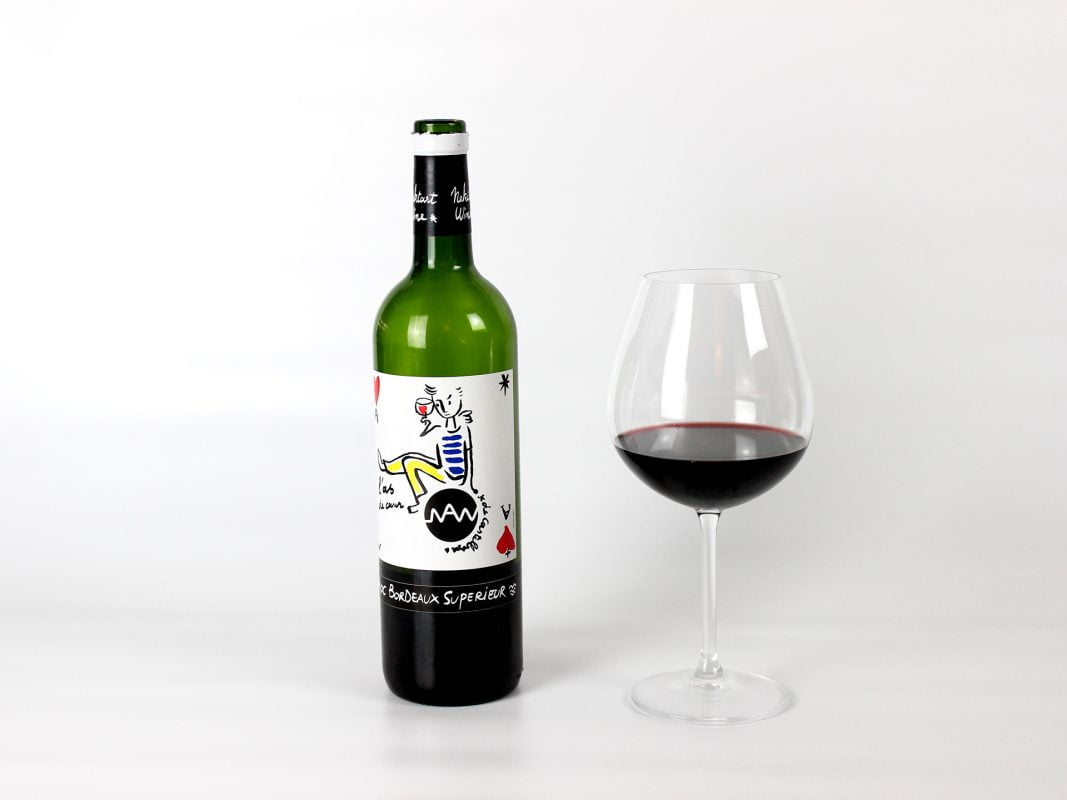Cabernet Sauvignon is a world-famous grape variety known for its full-bodied, complex and tannic red wines. But how does this wine go from vine to glass? In this blog post, we’ll take a detailed look at the process of making Cabernet Sauvignon, from the vineyard to the winery and everything in between.
The Vineyard
Cabernet Sauvignon is a grape that thrives in a variety of climates and soil types, but it is most commonly grown in regions with warm to hot temperatures and well-drained soils. In the vineyard, Cabernet Sauvignon grapes are typically grown on trellises to ensure that the vines get enough sunlight and air circulation. The grapes are left on the vine until they are fully ripe, which is usually in late summer or early fall.
Harvesting the Grapes
When the grapes are ripe, it’s time to harvest them. The grapes are typically harvested by hand or by machine, depending on the vineyard's size and preference. Handpicking is preferred as it ensures only the ripest and best quality grapes are selected.
Do You Want to Win a Free Bottle of Wine?
Don't miss out on the opportunity to win a free bottle of wine every week.
Enter our weekly prize draw today!
Sorting and Crushing
After the grapes have been harvested, they are sorted and crushed. The sorting process separates the good grapes from the bad ones. The crushing process breaks the skins, which releases the juice and starts the fermentation process.
Fermentation
Fermentation is the process of converting grape juice into wine. In the case of Cabernet Sauvignon, this process usually takes place in stainless steel tanks or oak barrels. Yeast is added to the grape juice to start the fermentation process, which typically takes about 10 to 14 days to complete.
Punching Down the Cap
During fermentation, a layer of grape skins and seeds rises to the top of the tank or barrel, creating a cap. Winemakers need to keep the cap moist, so they use a process called “punching down” to push the cap back into the juice.
Rack and Return
After fermentation is complete, the wine is removed from the tanks or barrels and transferred to another vessel for aging. This process is called “racking.” Sometimes, the wine is also returned to the same tank or barrel, which is known as “rack and return.”
Aging
Cabernet Sauvignon is a wine that benefits from aging. After the wine is racked, it is aged in oak barrels for a period of time. The length of time depends on the winemaker's preference and the style of wine they want to produce. Aging can take anywhere from a few months to several years.
Barrel Selection
The type of barrel used to age Cabernet Sauvignon can have a significant impact on the wine's flavor and aroma. Winemakers typically choose between French and American oak barrels. French oak barrels impart a more subtle and elegant flavor, while American oak barrels produce a more robust and intense flavor.
Blending
After the wine has aged, the winemaker has to decide whether to blend the wine or bottle it as a single varietal. Blending is the process of combining two or more different wines to create a new, unique blend.
Bottling
The final step in the process of making Cabernet Sauvignon is bottling. Before the wine is bottled, it goes through a process called “fining and filtering,” which removes any remaining sediment or particles.
Fermentation
After crushing, the grapes are ready for fermentation, a process in which yeast is added to the juice to convert the sugar into alcohol. In red wine production, the skins are typically left in contact with the juice during fermentation to impart color, tannins, and flavor. The fermentation process can take anywhere from a few days to a few weeks, depending on the winemaker's desired outcome.
Barrel
Aging After fermentation is complete, the wine is transferred to barrels for aging. Barrel aging is an important part of the winemaking process, as it can add complexity, richness, and depth to the wine. Oak barrels are commonly used for aging Cabernet Sauvignon, as they can impart flavors of vanilla, spice, and toastiness. The length of time the wine spends in the barrel depends on the winemaker's preference, but it is typically around 12-18 months for Cabernet Sauvignon.
Blending
Once the wine has been aged in barrels, the winemaker must decide which barrels to use for the final blend. This is where the art of winemaking comes in, as the winemaker must carefully select the barrels that will produce the desired flavor profile. Blending also allows the winemaker to balance out any inconsistencies or imperfections in the wine. After the final blend is created, the wine is bottled and aged for a few more months before it is released to the public.
The Final Product
When you finally get to taste a glass of Cabernet Sauvignon, you are experiencing the culmination of months, if not years, of hard work and dedication. The wine should be rich, full-bodied, and complex, with flavors of black fruit, tobacco, and a hint of oak. The tannins should be firm but not overpowering, with a long, lingering finish. When paired with a juicy steak or a rich chocolate dessert, Cabernet Sauvignon truly shines.
Cabernet Sauvignon is a wine that has been celebrated for centuries, and for good reason. Its bold flavors and rich history make it a favorite among wine lovers around the world. By understanding how Cabernet Sauvignon is made, you can better appreciate the time and effort that goes into each bottle. So the next time you pour yourself a glass of this beloved wine, take a moment to savor all the hard work that went into it, from vine to glass.
Do You Want to Win a Free Bottle of Wine?
Don't miss out on the opportunity to win a free bottle of wine every week.
Enter our weekly prize draw today!


